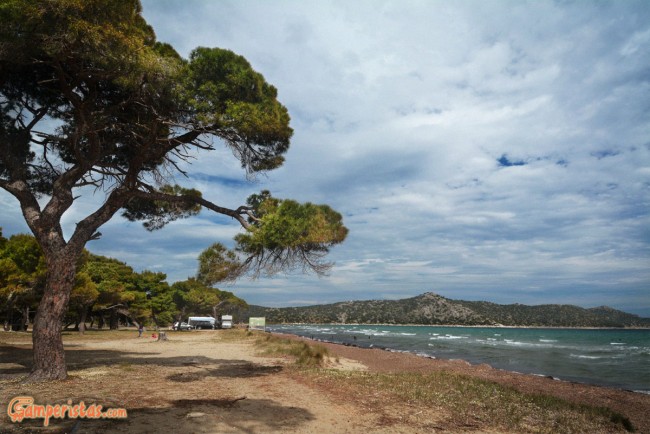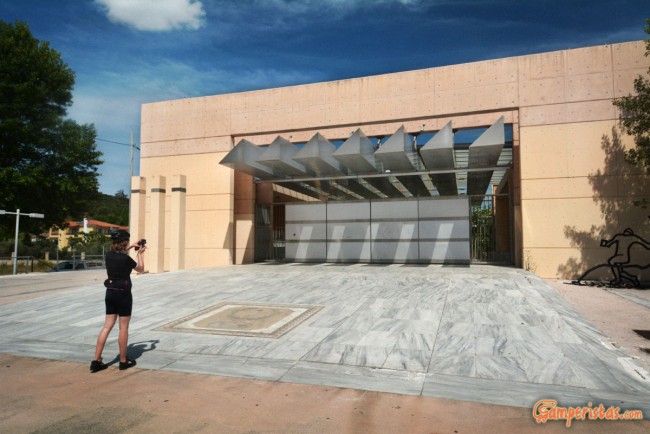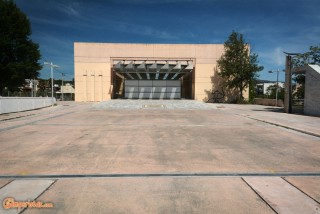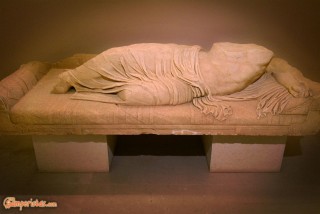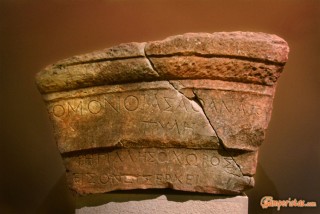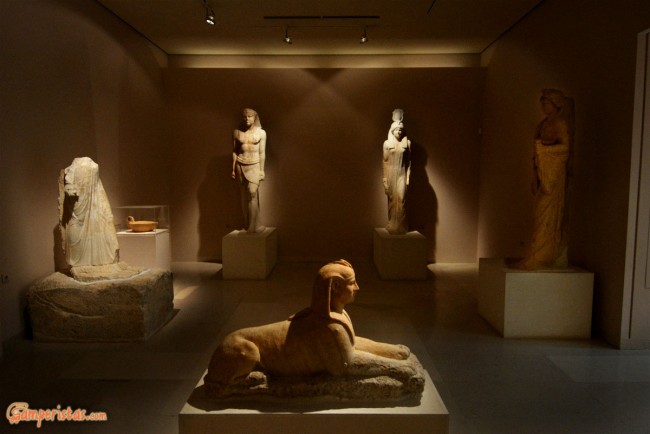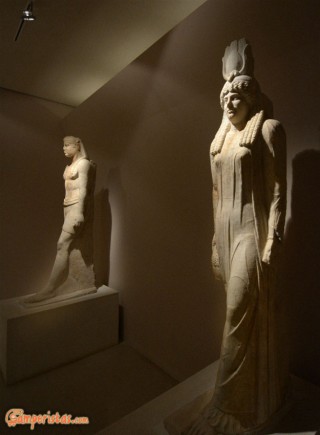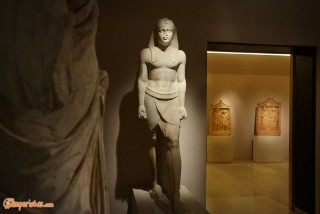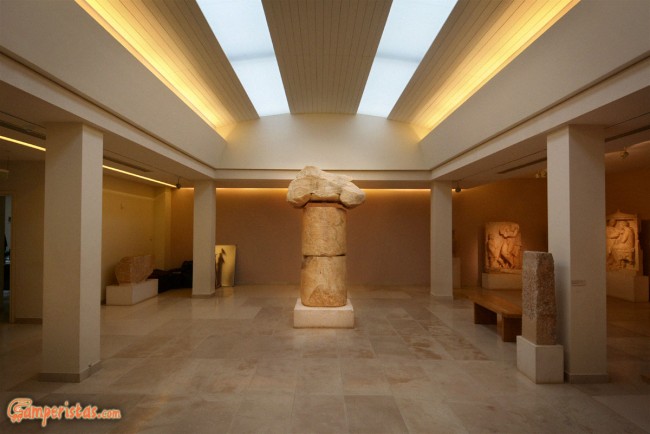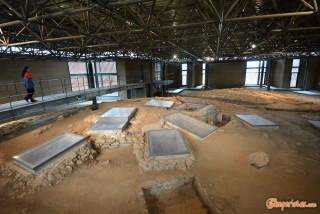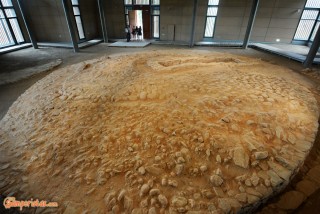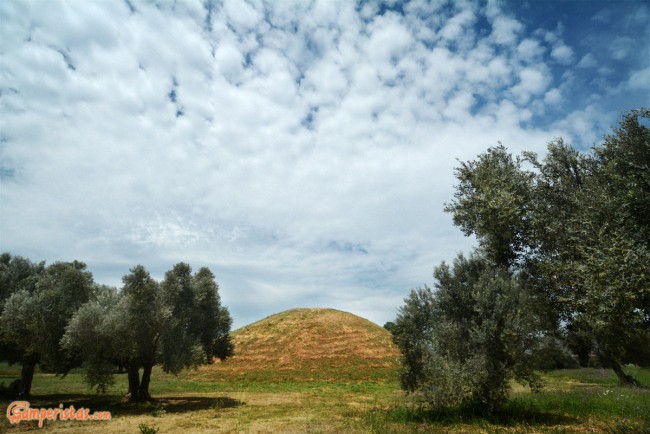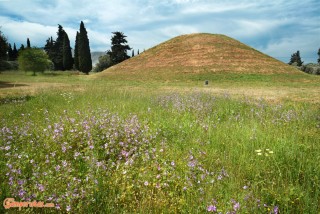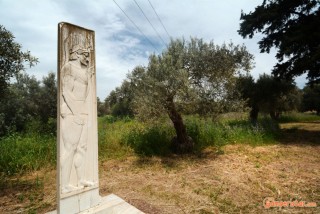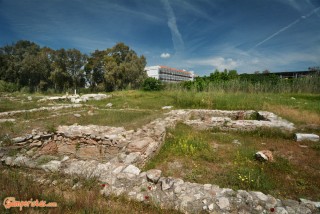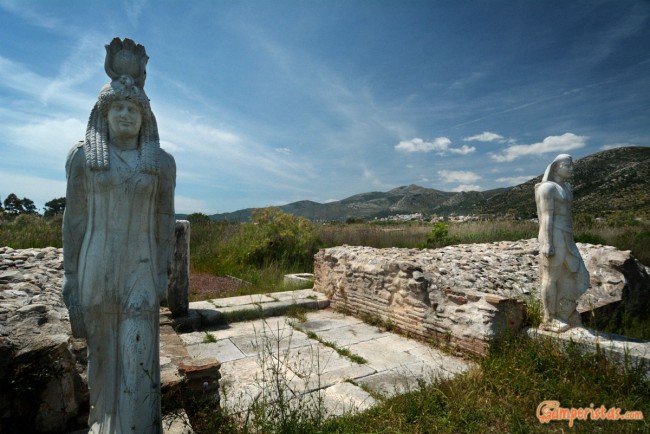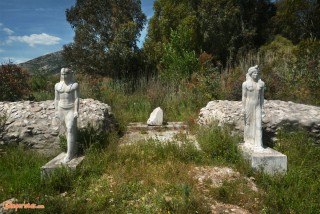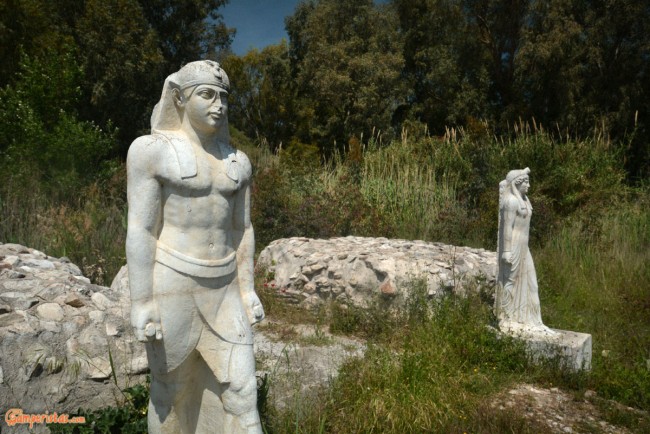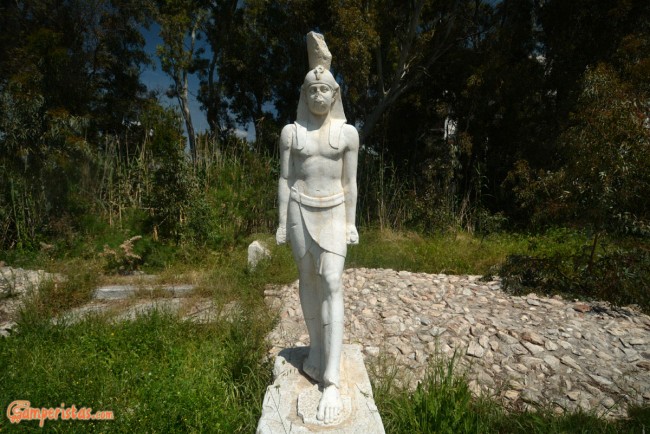
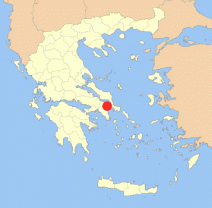 Marathon could be easily used as a case study in the field of tourism highlighting the paradoxes of fame. Who doesn’t know the 42km race, today an Olympic sport, commemorating the run of the Athenian messenger who brought the news of victory against the Persians in the Battle of Marathon (490 BC)… This site, although quite interesting, is still unknown to most of the travelers who visit Athens. Let’s see what they miss…
Marathon could be easily used as a case study in the field of tourism highlighting the paradoxes of fame. Who doesn’t know the 42km race, today an Olympic sport, commemorating the run of the Athenian messenger who brought the news of victory against the Persians in the Battle of Marathon (490 BC)… This site, although quite interesting, is still unknown to most of the travelers who visit Athens. Let’s see what they miss…
After our visit at Rahmnus archaeological site, we are heading towards Marathon area. We stop first at Schinias beach, very famous among Athenians as a summer week-end destination for swimming. Τheoretically it is a protected area, designed as a National Park due to its rare coastal ecosystem consisting of wetlands and a wide pine forest right on the shore line.
But the truth is completely different. Schinias National Park is one the biggest shame of Greek administration regarding ecological issues and a great example of bureaucratic incompetence to protect a vulnerable area. Practically during the summer months it is transformed into a gypsy settlement, full of rubbish, loud music, illegal caravan and tent constructions. A true hell. I repeat that it is a strictly protected area; nevertheless every time that I contacted the local Police authorities to denounce the abuses and violations of the law, they told me that they have more important things to care about!
Anyway out of season, it is a great place for swimming. The beach is enormous; one of the best entrances is the one leading to the tavern Dolphins (Delfinia) [38.14306, 24.04004].
After Schinias we went to visit the “Trophy of the Athenians” [38.14104,24.00074], a column more than 10 meters high, erected to mark the victory of the Athenians at Marathon. The remains of the ancient column are at the Archaeological Museum of Marathon while the column in the fields is a replica repositioned in its original site during the Olympics in 2004. Nearby there is a small church. It isn’t really a ‘must see’; the fact that the parking area is very limited doesn’t help the situation. If there is no space, leave without regrets.
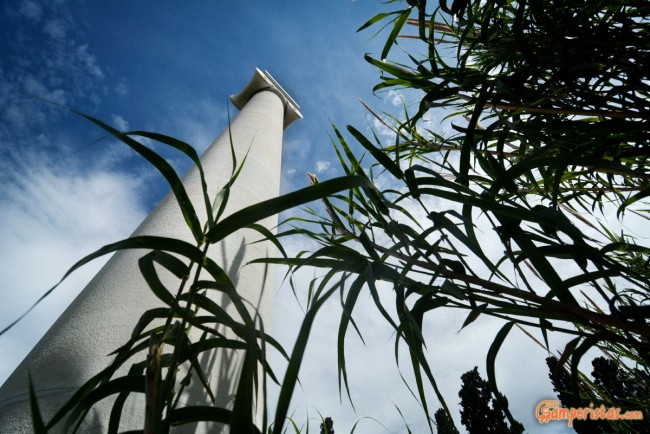
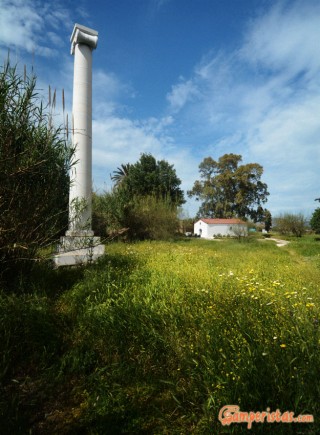
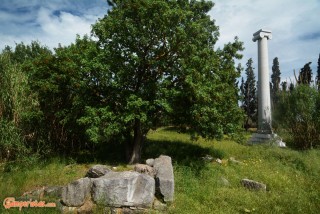
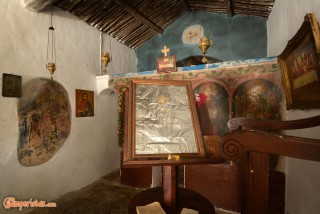
Our next stop is at the modern Stadium to see the “kilometer zero” [38.15267,23.96105], the point from where the Marathon run begins.
After the Stadium we move to the archaeological museum [38.12212,23.94759]. It is not exactly central, but at least it has a decent parking area. The ticket is € 3 and includes the entrance to the site of Tumulus or Tomb of the Athenians. The first room does not expose anything particularly original. The second starts to be more interesting…
But the real surprise comes next: a couple of statues, nicely lit, evidently of Egyptian style. Egyptians in Marathon? Indeed, there was a temple of the Roman period dedicated to the Egyptians not far away from here. The museum hosts the originals while the statues of the site are replicas.
In the next room we are seeing a huge pillar and the few remains of the original Trophy. Outside the museum there is a building enclosing the ruins of a cemetery of the Middle Helladic Era.
We left the museum heading to the Tumulus or Timvos of Marathon or Soros or Tomb of the Athenians. The parking is spacious [38.11665,23.97731], but I don’t think that it is a good place to stop there for the night; broken bottles on the ground and tire marks speak for themselves.
The visit is short, as the only exhibit is the small hill, the Tumulus, where are buried the 192 Athenian soldiers died fighting against the Persians, and a modern memorial stone.
It’s time to visit the Egyptian temple of Brexisa. We drive on the main road towards Nea Makri, we turn right after a Lidl supermarket , we do a U-turn and we re-enter the main road, this time directing back to Marathon. In the first traffic light we turn right and we follow the signs until we reach the end of the road, where we park [38.10071, 23.97921]. We walk to the beach where we turn left. After a few tens of meters, between the church of Agia Kyriaki and the big hotels, here is the entrance to the temple! There is free entrance the site.
All the archaeological sites of Marathon are open every day (except on Monday) from 8.00 till 15.00. In summer the opening hours are extended but it can change from site to site.

